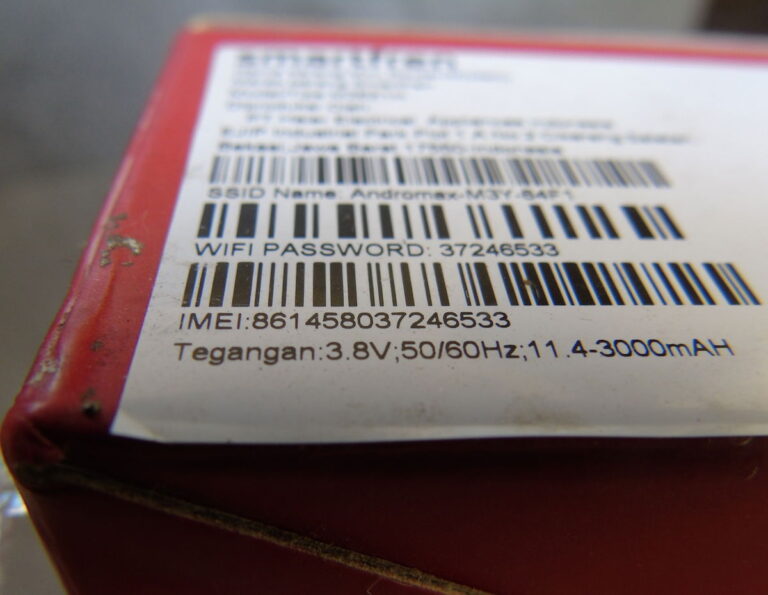
When humans can’t, Robot walks to the fire. Credit: Canva
In a country routinely at war, Ukraine’s latest firefighting weapon is not a ladder or a water hose—it’s a robot. TAF AirCore 35-C, developed in Italy by EmiControls, was deployed this year—not in peacetime cities but as a frontline in an industrial war zone. And it’s working, but not in the way you think it is. This robot isn’t putting out fires; it is making space for human survival, clearing escape routes, navigating chemical fumes, and doing dangerous, risky work that no one else can safely reach. In Ukraine, this is not a futuristic convenience but a necessity.
Why this robot matters
We often associate robots with high-tech economies or peacetime innovation. In Ukraine, the stakes are radically different, and the TAF AirCore operates in zones where firefighting crews would be targeted. Industrial sites selected by drones or missile strikes have no guarantee of a second chance.
This robot can be used remotely from up to 300 metres away, by utilising its onboard thermal camera and its turbine to suppress fire spread, disperse high-pressure mist, and cool down explosive materials. It also includes a feature that is built into the fork that removes debris and opens access routes— a vital role in urban rescues. In these hazardous conditions, every second counts, and every metre closer to a collapsed building or burning fuel tank increases the human risk. A robot narrows that gap and provides a safety edge.
Beyond fire: Robots in conflict-era rescue
Let us be honest: Ukraine is not using robots for modernity but instead deploying them for survival. The presence of the AirCore 35-C represents more than technical progress and technological innovation: it is a shift in how nations can manage disasters under pressure. In most countries, firefighting robots are still a niche used in tunnels or chemical plants. However, in Ukraine, they are now being normalised to a broader civil defence strategy, a test bed on how other countries can take note, especially those vulnerable to conflict or climate-driven disasters.
What happens when the wildfires mix with drone strikes? Or did an earthquake hit conflict zones? Ukraine is in the unfortunate position to answer those questions in real-time, and technology like this is helping it cope.
What it means for the people on the ground
For the frontline responders in Ukraine, the robot is not a gimmick, but rather a layered breathing space. One Ukrainian firefighter interviewed by the “International Fire & Safety Journal” stated that robots have “given us a new level of reach” in environments that were once told to wait, hold back, or risk injury.
It is important to frame this correctly: ” Robots are not replacing bravery, they reduce unnecessary sacrifice.” The Ukrainian public has responded positively to a robot that is neutral, efficient, and protective. It may not carry a gun, but it saves lives all the same.
A broader technological shift
We usually talk about automation in terms of jobs, factories, and cost-cutting. This is another evolution side: robotics as a force multiplier for human resilience. What we are currently seeing in Ukraine is a part of a larger wave. Firefighters in Italy work alongside robots like Colossus and Trypper. Japan uses drones for earthquake recovery, and across Europe, the interest in rescue robots is growing for threats that we face that are no longer clean, linear, or predictable. In many ways, Ukraine is ahead of the curve, out of necessity, not by choice.
The start of something larger
The most meaningful advancements happen far from luxury and labs, on factory floors under siege, or in communities fighting just to function. This deployment of robots in Ukraine signals human resilience becoming hybrid— part flesh, part code, and part machine. That’s not dystopian, it’s a design made with purpose, showing us how powerful and necessary it can be.







